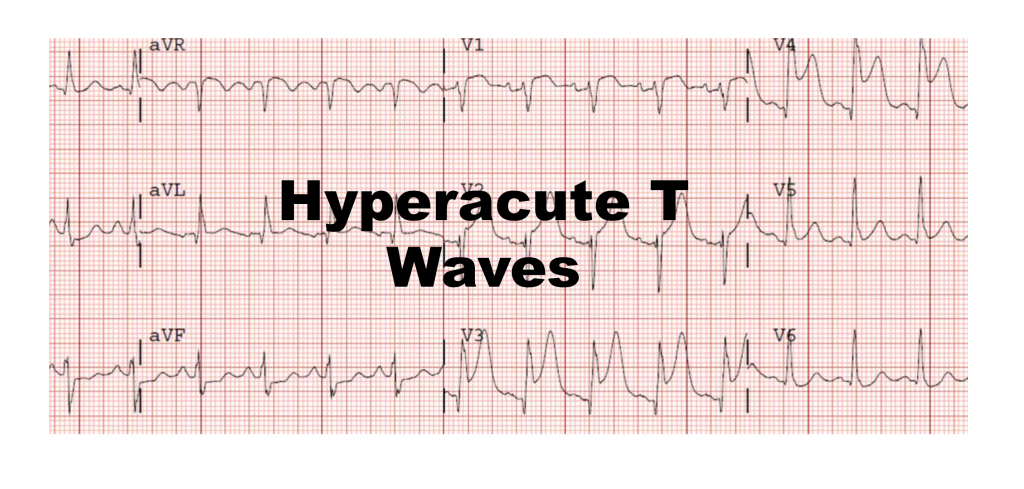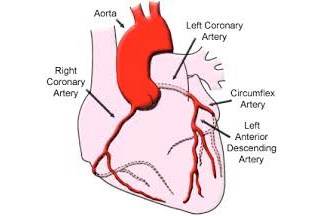Subtle ECG Findings in ACS: Part III Benign Early Repolarization vs. Anterior STEMI
Welcome to the third blog post in a series on subtle ECG findings in ACS. This post about mimics: benign early repolarization (BER) and the anterior STEMI. Each of these can mimic the other. The problem is that one of these diagnoses is deadly and the other is a normal variant.
Subtle ECG Findings in ACS: Part III Benign Early Repolarization vs. Anterior STEMI Read More »








